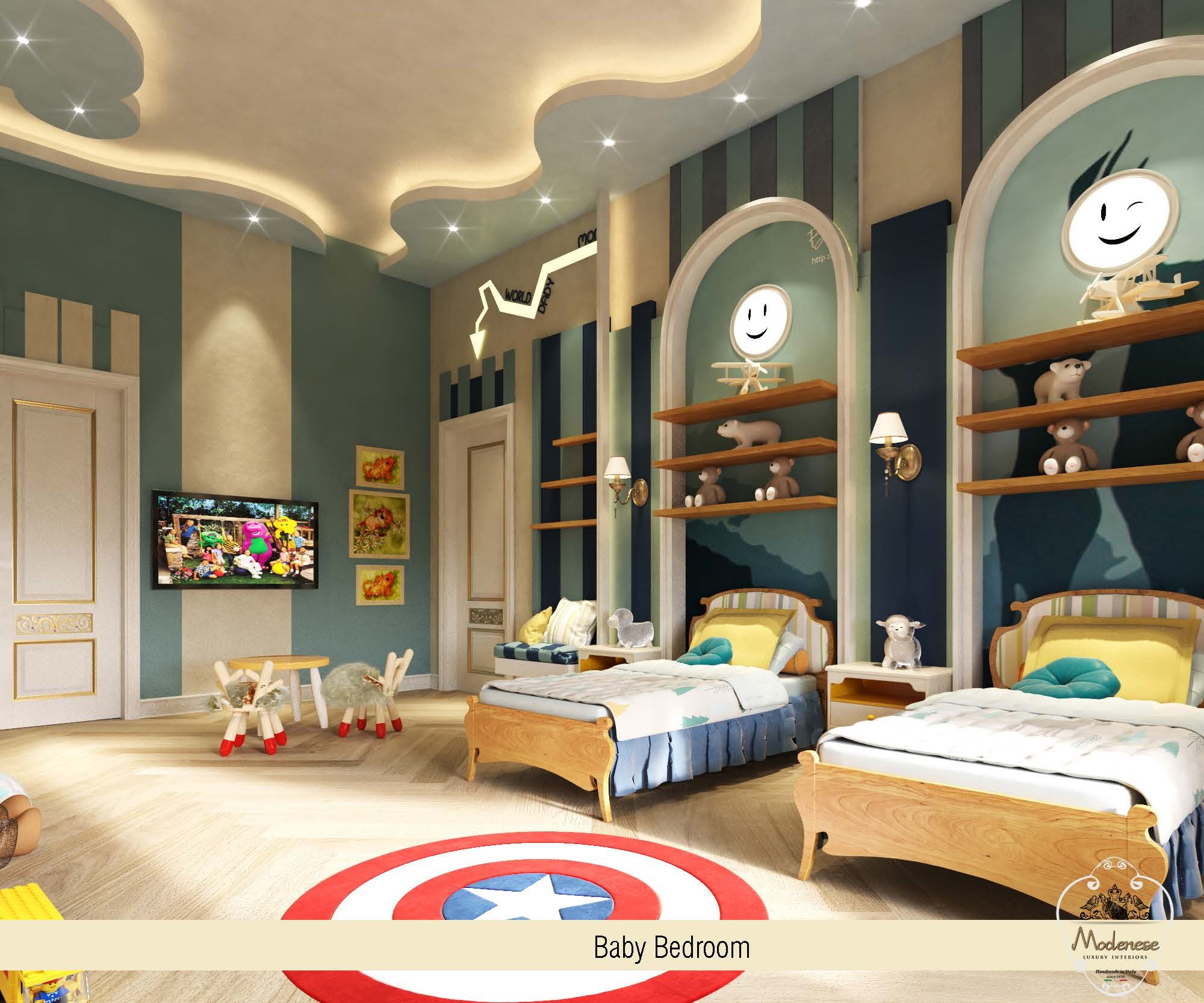Choosing the right furniture for a children’s room is a task that requires thoughtful consideration. It is important to ensure that the furniture not only meets practical needs but also contributes to a safe and pleasant environment. The following tips are provided to guide the selection process and make it easier for parents to create an ideal space for their children.
1. Safety Considerations
Safety is a priority when selecting furniture for a children’s room. The furniture must be free from sharp edges and small parts that could pose choking hazards. It should be constructed from materials that are non-toxic and meet safety standards. Furniture with rounded corners and low, sturdy designs is recommended to prevent injuries from falls and bumps. Additionally, heavy items should be anchored to the wall to prevent tipping, and furniture with built-in safety features, such as anti-tip straps, should be considered.
2. Size and Proportions
The size of the furniture should be appropriate for the room’s dimensions and the child’s age. Furniture that is too large can make a small room feel cramped, while pieces that are too small may not provide adequate functionality. A well-measured plan should be created to ensure that the furniture fits comfortably within the room and allows for easy movement. For younger children, furniture that is scaled to their height will make daily activities more manageable. Adjustable furniture may be chosen to accommodate growth and changes in needs.
3. Durability and Quality
Durability and quality are crucial factors in furniture selection for children’s rooms. Furniture should be made from sturdy materials that can withstand the wear and tear of daily use. Solid wood or high-quality engineered materials are recommended for their longevity and resilience. Furniture with a durable finish or coating that can be easily cleaned and maintained is also important. Reviews and ratings from other parents can provide valuable insights into the reliability and quality of different furniture options.
4. Design and Aesthetics
The design and aesthetics of the furniture should complement the overall theme of the room and reflect the child’s personality and interests. Furniture with versatile designs that can adapt to changing tastes and preferences is often preferred. Neutral colors and classic styles may be chosen to allow for easy updates as the child grows. Customizable or modular furniture can provide flexibility and help in creating a unique and personalized space.
5. Functionality and Storage
Functionality and storage are essential aspects of children’s room furniture. Multi-functional furniture that serves more than one purpose can help maximize space and enhance organization. Beds with built-in storage drawers, desks with shelves, and modular units that can be rearranged as needed are useful options. Adequate storage solutions should be incorporated to keep the room tidy and organized. Furniture that includes compartments, bins, or adjustable shelving can assist in managing toys, books, and other belongings.
6. Budget and Cost
The budget for furniture should be established early in the selection process. It is important to find a balance between quality and cost to ensure that the investment is worthwhile. Comparing prices and looking for sales or discounts can help in finding affordable options without compromising on quality. Furniture that offers long-term value and can be used for several years is often a better investment. It is advisable to set a realistic budget and prioritize key pieces of furniture that meet the child’s immediate needs.
Conclusion
Choosing the right furniture for a children’s room involves careful consideration of safety, size, durability, design, functionality, and budget. By following these tips, parents can create a space that is not only aesthetically pleasing but also practical and safe for their children. Thoughtful selection and planning will ensure that the furniture chosen will serve the needs of the child and contribute to a comfortable and enjoyable environment.



